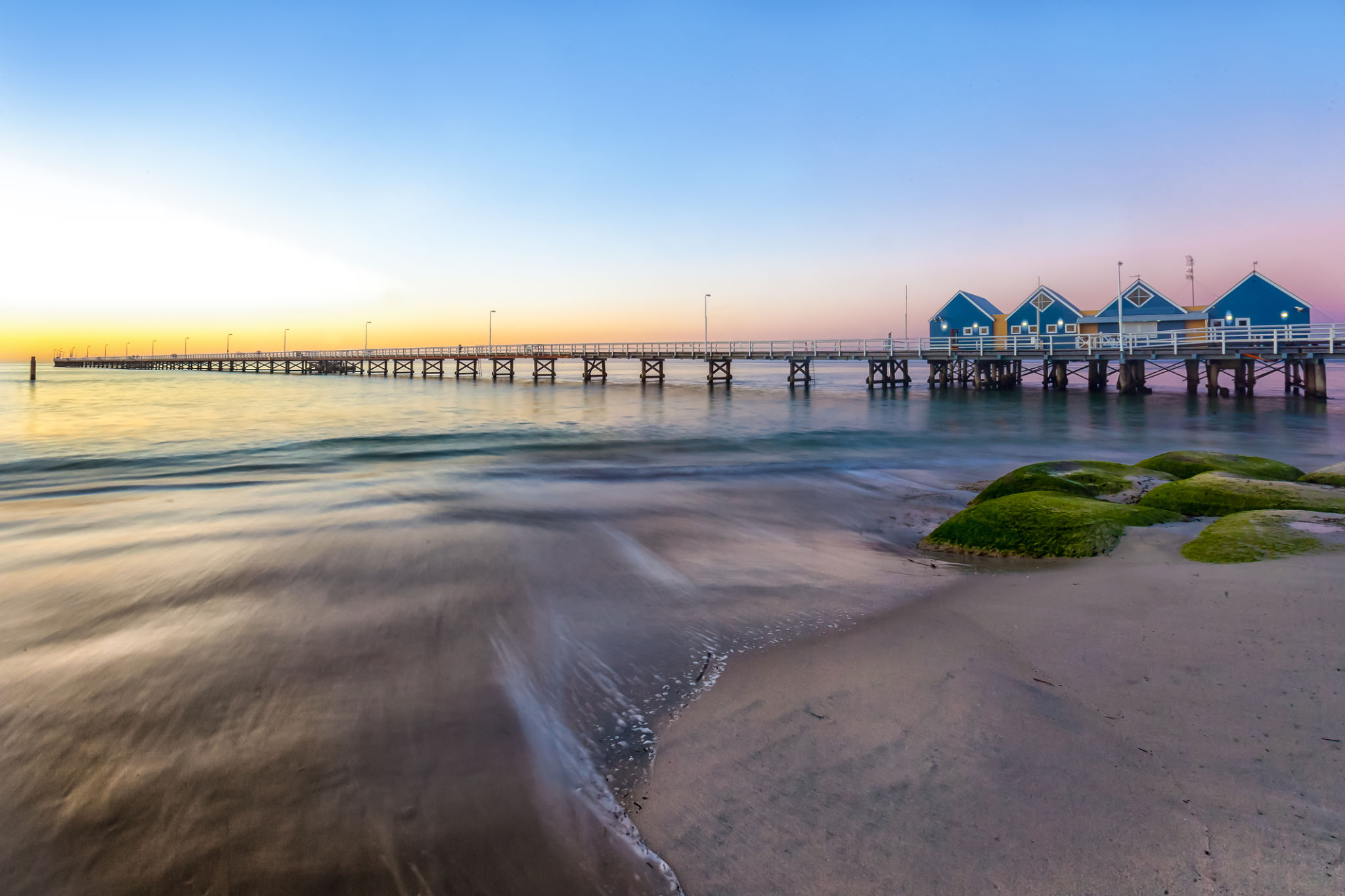Expert Insights: Choosing the Right Dock System for Your Waterfront Property
Understanding Your Needs
Choosing the right dock system for your waterfront property is a decision that requires careful consideration. Your choice will depend on several factors, including the type of water body, the climate, and your specific needs. Whether you plan to dock a boat, create a fishing platform, or simply enjoy the view, understanding your requirements is the first step in the process.
Start by assessing how you plan to use your dock. If you own a boat, you'll need a dock that can accommodate its size and weight. On the other hand, if your primary interest is leisure, you might prioritize features like seating areas or easy access for swimming.

Considering Environmental Conditions
The environment plays a crucial role in determining the best dock system for your property. Properties located on lakes or rivers with fluctuating water levels may benefit from floating docks, which adjust to changes in water height. Conversely, fixed docks are ideal for areas with stable water levels.
Additionally, consider the climate of your region. In areas prone to harsh winters, removable or seasonal docks might be more practical, allowing you to remove them during colder months to prevent damage.

Exploring Material Options
The material of your dock is another important consideration. Common materials include wood, aluminum, and composite. Wood docks offer a natural aesthetic but require regular maintenance to prevent rot and decay. Aluminum docks are lightweight and durable, making them a popular choice for many homeowners.
Composite materials provide a balance between durability and maintenance requirements. They mimic the look of wood but are resistant to rot and require less upkeep. Consider your budget and maintenance preferences when selecting the material for your dock.

Safety and Accessibility
Ensuring safety and accessibility is paramount when designing your dock system. Features like non-slip surfaces, handrails, and proper lighting can enhance safety, especially if children or elderly individuals will use the dock frequently.
Accessibility features such as ramps or wide walkways can accommodate people with mobility challenges and make the dock more inclusive for all visitors. Prioritizing these aspects during the planning phase can prevent potential hazards and enhance user experience.

Consulting with Professionals
While it may be tempting to undertake a DIY approach, consulting with professionals can save time and prevent costly mistakes. Experts can provide valuable insights into local regulations, environmental considerations, and the most suitable designs for your specific location.
Moreover, professionals can help you navigate permits and ensure that your dock complies with all necessary codes and regulations. Their expertise can streamline the installation process and guarantee a high-quality result that meets your expectations.
Maintenance and Longevity
Consider the long-term maintenance requirements of your chosen dock system. Regular inspections, cleaning, and repairs are essential to prolonging the life of your dock. Some materials require more intensive maintenance than others, so factor this into your decision-making process.
A well-maintained dock not only ensures safety but also enhances the overall aesthetic and functionality of your waterfront property. Establishing a maintenance routine can help you preserve your investment over time.